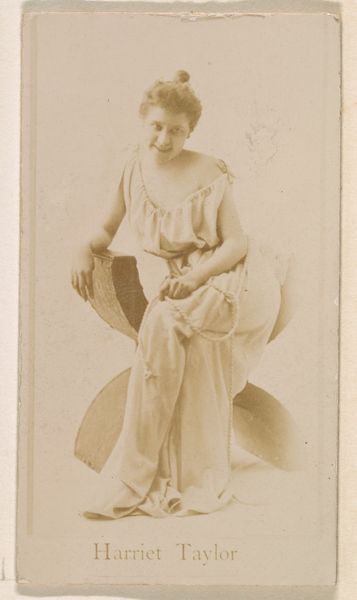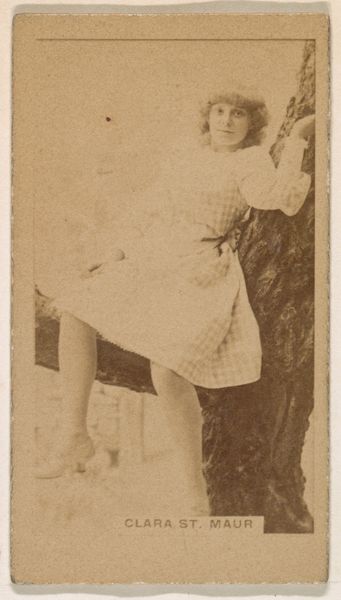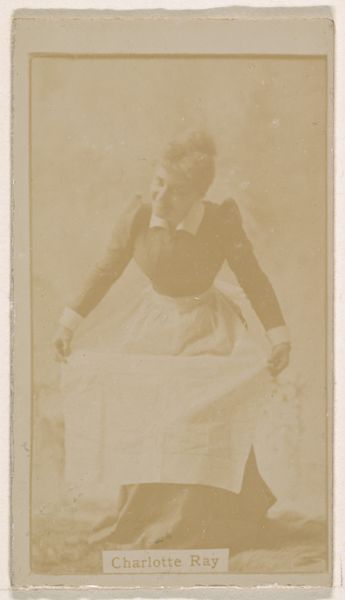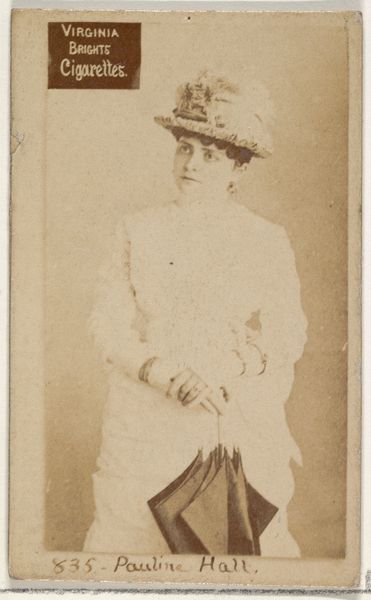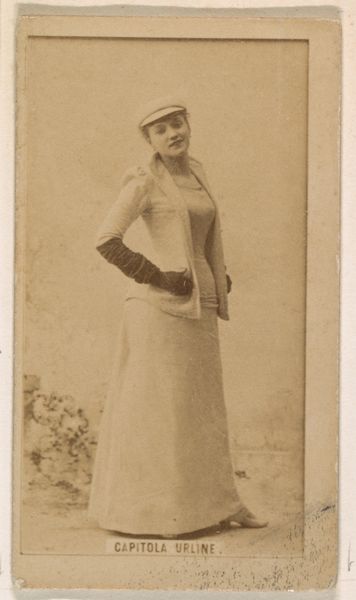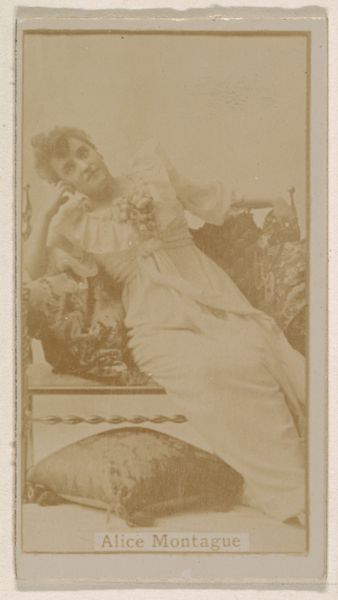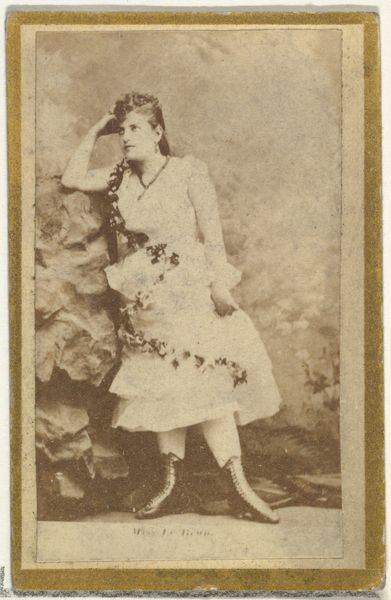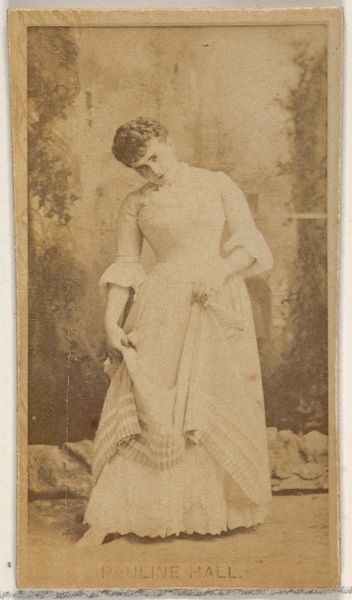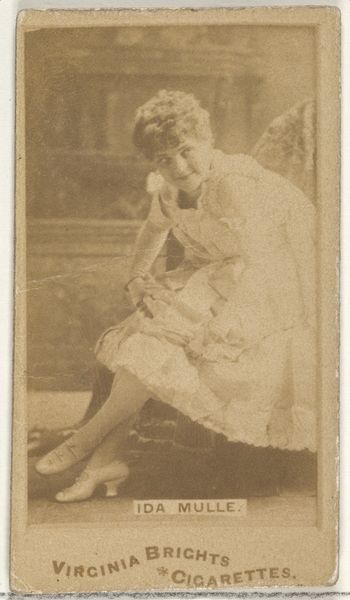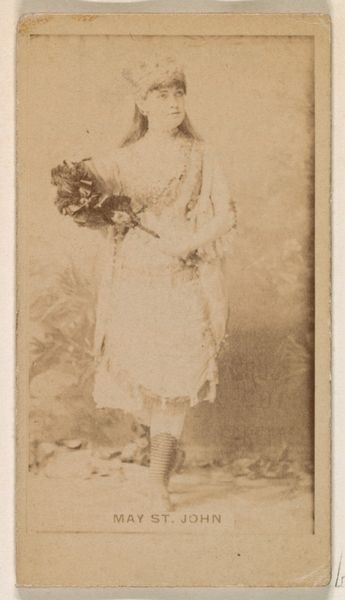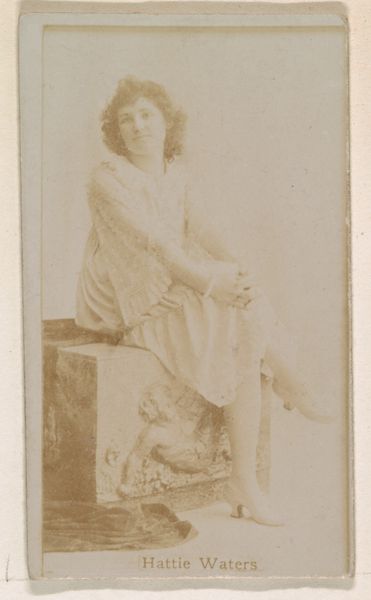
Model met geborduurde mantel en muts van de Wiener Werkstätte 1920 - 1930
0:00
0:00
photography
#
portrait
#
still-life-photography
#
photography
#
modernism
Dimensions: height 140 mm, width 76 mm
Copyright: Rijks Museum: Open Domain
This photograph shows a model wearing an embroidered coat and hat from the Wiener Werkstätte. The Werkstätte, active in Vienna from 1903 to 1932, was all about the handmade, an alternative to mass production. In this image, you can see the texture of the coat’s fabric, likely wool, and the intricate embroidery. The floral motifs, carefully stitched by skilled hands, give the garment a unique character, far from the uniformity of factory-made clothing. Embroidery, a labor-intensive process, adds significant value – both economic and aesthetic. The Werkstätte aimed to elevate craft to the level of fine art, blurring boundaries and challenging traditional hierarchies. But despite their utopian ideals, their products were costly, catering to a wealthy clientele. This photo reminds us of the complex relationship between craft, commerce, and social class in the early 20th century. The image suggests that the values of handwork and artistry were not always accessible to all.
Comments
No comments
Be the first to comment and join the conversation on the ultimate creative platform.

